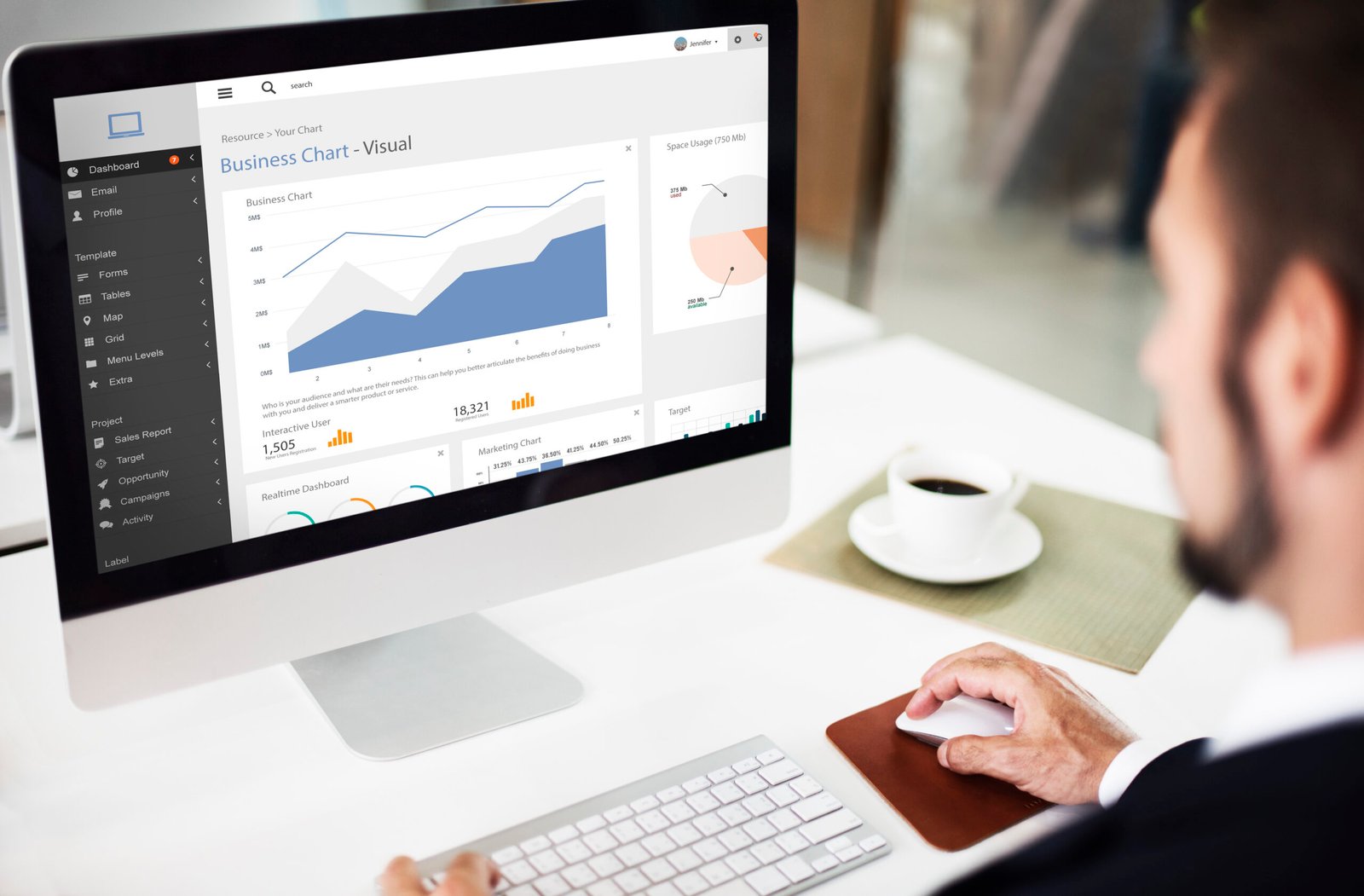Now Reading: Beginner’s Guide to Google Analytics: 5 Understand Website Data Like a Pro
-
01
Beginner’s Guide to Google Analytics: 5 Understand Website Data Like a Pro
Beginner’s Guide to Google Analytics: 5 Understand Website Data Like a Pro

Google Analytics Made Simple: A Beginner’s Guide to Understanding Your Website Data
When I first started my blogging journey, I had no idea how to track who was visiting my site, what content they loved, or where they were dropping off. I was creating content in the dark—until I discovered Google Analytics. This free tool completely changed the way I looked at my website. It gave me insights into my audience’s behavior, top-performing pages, and helped me make smarter, data-driven decisions.
If you’re a beginner, Google Analytics might look a bit overwhelming at first—but don’t worry, you’re not alone! In this post, I’ll walk you through the basics in a way that’s easy to understand.
You’ll learn what the key terms mean, how to read your reports, and how to use that data to grow your website or online business. Whether you’re a blogger, small business owner, or digital marketer, this guide is your first step toward mastering the power of analytics.
In the digital world, data is power—and Google Analytics is the key to unlocking it. Whether you run a blog, e-commerce store, or business website, understanding how visitors interact with your site is crucial to online success.
What Is Google Analytics?
It helps you track and measure key website metrics such as pageviews, user behavior, bounce rates, and conversions. It’s a free, powerful tool that gives you insight into what’s working—and what’s not—so you can make smarter marketing decisions.
It is a web analytics service offered by Google that tracks and reports website traffic. It allows you to collect detailed data on:
- Number of visitors
- Pages viewed
- Time spent on each page
- Where users are coming from (e.g., search, social media, referrals)
- Device type and location
- Conversion tracking (e.g., purchases, signups)
Why Use Google Analytics?
Whether you’re a beginner or an expert, GA can:
- Help you understand your audience
- Identify your top-performing content
- Measure the effectiveness of marketing campaigns
- Improve user experience
- Make informed SEO and business decisions
What Is GA4?
Google Analytics 4 (GA4) is the latest version of the platform, replacing Universal Analytics. GA4 focuses on events, better tracks user journeys across devices, and complies with modern privacy standards. It also includes predictive analytics powered by machine learning.
How to Get Started
- Sign up at analytics.google.com
- Add your website as a property
- Install the tracking code (or use Google Tag Manager)
- Set up basic goals like form submissions or purchases
- Explore your dashboard and reports
Common Metrics to Track in Google Analytics
When using this, there are a few essential metrics every website owner should monitor. These include bounce rate (how many visitors leave after viewing one page), average session duration (how long users stay), and conversion rate (how many complete a desired action). By keeping an eye on these key metrics, you can identify which pages need improvement and where your site is performing well.
This is essential for anyone managing a website. It equips you with actionable insights to boost performance, grow traffic, and make data-driven decisions. Start with the basics and build your understanding as your site grows!
Why Understanding Data Matters More Than Ever
In the digital world, data is power — but only if you know how to read it. As a beginner, opening Google Analytics might feel like stepping into a maze of numbers, graphs, and technical terms. But once you begin to understand what those numbers mean, you’ll realize they’re not just statistics — they’re real stories about your visitors, content, and business growth.
Think of Google Analytics as your website’s report card. It tells you where your traffic comes from, how long people stay, what content they love, and where they drop off. Instead of guessing what works, you can make informed decisions based on what the data shows.
My First Experience with Google Analytics
When I first installed Google Analytics on my blog, I had no clue what I was looking at. I kept refreshing the “real-time users” section just to see someone pop up on my site. But over time, I realized its true potential. I found out which blogs brought the most traffic, which devices people used to visit, and even what time of day most users came online.
That insight helped me adjust my posting schedule, optimize mobile layout, and focus on writing more of the content my readers actually wanted. In short, Google Analytics helped me stop guessing — and start growing.
Breaking Down Key Metrics for Beginners
If you’re new to Google Analytics, don’t worry — you don’t have to understand everything at once. Start with these essential metrics:
1. Users and Sessions
- Users = How many people visited your website.
- Sessions = How many visits your website received (one person can have multiple sessions).
2. Bounce Rate
This tells you how many visitors leave your site after viewing only one page. A high bounce rate might suggest your content isn’t engaging or relevant to what the user expected.
3. Average Session Duration
This shows how long users stay on your site. The longer they stay, the more engaged they are.
4. Traffic Sources
You’ll see where your visitors come from — search engines, social media, direct links, or referrals from other websites. This helps you understand which channels are working best.
5. Pages per Session
This metric tells you how many pages a user views during one visit. It’s a great way to measure how well your content encourages further exploration.
Using Google Analytics to Improve Your Website
Once you understand the basics, Google Analytics becomes a powerful improvement tool. Here’s how you can use your insights practically:
- Optimize High-Traffic Pages: Find your most visited pages and update them with fresh content, clear CTAs, or better visuals.
- Fix Weak Points: If certain pages have a high bounce rate, revisit them. Are they too slow to load? Are they missing key information?
- Adjust Posting Time & Strategy: See what time your traffic peaks and post your content when your audience is most active.
- Double Down on What Works: If blog posts from a certain category bring more traffic, create more content around that topic.
It’s Not as Scary as It Looks
Google Analytics may seem overwhelming at first, but once you get comfortable with the interface and key metrics, it starts to feel like a trusted advisor. Even spending just 15 minutes a week reviewing your data can uncover valuable insights that help you grow.
The best part? It’s completely free. And with time, you’ll not only learn how to understand your audience better but also become a smarter content creator, marketer, or entrepreneur.
Remember — you don’t need to be a data analyst to benefit from Google Analytics. You just need curiosity, patience, and a willingness to learn from what your website is already trying to tell you.














